10 Best Adventures of 1947
By:
June 15, 2017
Seventy years ago, the following 10 adventures — selected from my Best Forties (1944–1953) Adventure list — were first serialized or published in book form. They’re my favorite adventures published that year.
Please let me know if I’ve missed any 1947 adventures that you particularly admire. Enjoy!
- Arthur Ransome’s YA eco-adventure Great Northern? While sailing in the Outer Hebrides with the Swallows (the Walker family), Amazons (the Blackett sisters), his sister Dorothea, and Captain Flint, Dick Callum — the group’s naturalist friend — observes what appear to be great northern divers, birds which have never been known to nest in Great Britain, guarding their nest. Dick inadvertently tips off a scoundrel who wishes to kill the birds and put them on display in a museum; however, when the Swallows and Amazons rally to protect Dick’s birds, they clash with Scottish locals who believe they’ve been sent to spoil the deer-shooting. The adventure takes a Buchan-esque turn when the children are locked up by the local laird’s gamekeepers. Later, Titty and Dick must recover the divers’ eggs and return them to the birds’ nest before they grow too cold. Fun fact: This is the twelfth (and final completed) book in the Swallows and Amazons series. Because the plot involves more excitement and violence than usual, some S&A exegetes classify this one as one of the series’ metafictional installments; Ransome stated it was not.
- Hammond Innes’s treasure-hunt adventure Killer Mine (aka Run By Night). A somewhat formulaic effort — immediately after the war, during which he served with distinction in the Royal Artillery, Innes was publishing one to two books per year — but still a fun read. Jim Pryce, a British soldier who’d deserted his unit in Italy, smuggles himself back to his native Cornwall and — after surviving an attack that leaves him nearly dead — seeks work as a miner with a Captain Manack, who is opening up a “killer” mine where several women had died in the past… including Pryce’s own mother. Pryce falls in love with a servant girl, discovers the truth about the mine (smugglers!), and must foil the villains before they kill again. Innes excels here, as always, with his anthropologically “thick” description of the local culture, not to mention the plot’s various thrills and chills. Fun fact: Not to be confused with Mickey Spillane’s tawdry 1965 crime novel Killer Mine, which has nothing to do with mining.
- Mickey Spillane’s crime adventure I, The Jury. This is the first of thirteen popular Mike Hammer stories by Spillane, a comic-book writer who knocked off his debut novel in 19 days. Hammer, a brutally violent New York private eye, is a rabidly anti-communist veteran of jungle warfare; he prefigures alt-right vigilante characters of later decades. In this convoluted story, Hammer’s war buddy — he lost his arm saving Hammer’s life — is murdered, and Hammer’s investigation leads him to suspect his buddy’s fiancée’s psychiatrist. Who is a beautiful young woman — is she also part of a crime syndicate? Does she manipulate her patients into heroin addiction, then extort money from them? And who is Hal Kines — one of the psychiatrist’s college students, or an arch-criminal who has had his face altered in order to pass as a much younger man? Also, will Hammer turn the psychiatrist over to the police — or just kill her? Fun fact: I, The Jury was graphically sexual and violent, for the time; it sold 6.5 million copies in the US alone. In “All The Way,” the first episode of the sitcom Happy Days, Potsie gives Richie a copy of the book to study before his date with a girl with “a reputation.”
- William Pène du Bois’s children’s adventure The Twenty-One Balloons. Professor William Waterman Sherman, a retired schoolteacher, is traveling idly around the world via hot-air balloon, in 1883, when he crash-lands on the Indian Ocean island of Krakatoa… shortly before it is obliterated in a cataclysmic eruption. The island, he discovers, is a diamond mine-funded utopia of sorts, featuring every manner of far-out invention. (Pène du Bois’s illustrations of these contraptions are wonderful.) We learn that each of the island’s 20 families runs a restaurant — serving food from around the world — and that the islanders dine together in strict rotation. In the end, Sherman helps construct the greatest contraption of them all — involving 21 balloons — in order to rescue the island’s denizens. Fun facts: Pène du Bois would co-found The Paris Review in 1953. This book, his best-known, won the 1948 Newbery Medal. The setting was inspired, the author openly admits, by F. Scott Fitzgerald’s Radium Age sci-fi story “The Diamond as Big as the Ritz.”
- Boris Vian‘s secret-identity adventure The Dead All Have the Same Skin (Les morts ont tous la même peau). Dan Parker, a white man working as a bouncer in New York, is getting tired of his own hard-living ways — the drunks he tosses out of the club, the violence, the extramarital sex with black women. But when Richard, a black man, turns up claiming to be his half-brother and demands money, Dan becomes terrified that he’ll lose everything. (“Five years and not a soul suspects it. No one has the slightest idea that a man of mixed blood, a colored man, has been the one pounding on their heads each and every night.”) The appearance that Dan has been presenting to the world is a false one; his true identity is a protean one; and he’ll do whatever it takes to prevent Richard from exposing his secret. Brutal violence ensues. Fun fact: This is the French author and musician’s second book, after I Spit on Your Graves (1946), published under the pseudonym Vernon Sullivan. Reissued by TamTam Books.
- Italo Calvino’s adventure The Path to the Nest of Spiders. Calvino’s first, Hemingway-esque novel is a coming-of-age story set during the so-called Italian Liberation War, late in WWII, when pro-Allied Italian resistance groups opposed both the occupying German forces and the Italian Fascist puppet regime. Pin, an orphaned cobbler’s apprentice — and Huckleberry Finn-type urchin — lives in a town on the Ligurian coast; the townspeople aren’t sure whose side they’re on — the fascists or the partisans. However, Pin steals a pistol from a Nazi sailor and attempts to join the Italian partisans. Through Pin’s eyes, we see that the supposedly noble freedom fighters aren’t particularly impressive. Although Calvino doesn’t demonstrate any metafictional predilections here, he does signal a stubborn independence by writing something so cynical at a time when resistance novels were all the rage. Fun fact: Calvino was 23 when the book appeared. Published in English translation in 1957.
- Nevil Shute’s Robinsonade The Chequer Board. Several of Shute’s novels offer a particular flavor of adventure that’s not everyone’s cup of tea. They’re Robinsonades, of a sort; that is, they’re about ordinary people who display an extraordinary capacity for hard work, ingenuity, and common sense as they attempt to build a life for themselves in a hostile or unlikely environment. I’m a sucker for this sort of thing, so The Chequer Board is particularly enjoyable, since it tells several such stories. Jackie Turner, a salesman who discovers he’s dying of cancer, finds himself wondering what happened to several soldiers — a British pilot, a British Commando, and an African-American serviceman — who’d been kind to him when they all ended up in a hospital together, after a plane crash during the war. Hoping to do these men a kindness, if he can, he sets out in search of them — and we learn how each of the men established themselves and thrived once the war had ended. It’s a charming yarn — and there’s a strong anti-racist message, to boot.
- Victor Canning’s hunted-man adventure The Chasm. Canning’s first post-war novel is a bridge between his 1930s novels and the political thrillers he was known for during the 1950s–1970s; that is, it begins slowly: a story about Burgess , a shell-shocked British officer attempting to get his act back together in Florence, and a romance that blooms between him and a young woman he meets when a collapsed bridge traps him in her remote mountain village. The village’s one wealthy resident, though a beloved figure to the locals, is someone Burgess recognizes from before the war — a Nazi collaborator wanted for treason! The tension mounts slowly, a game of cat-and-mouse; and the plot culminates in a violence-charged flight across the “chasm” separating the town from the outside world. Fun fact: During the war, Canning was close friends with another thriller writer, fellow RA officer Eric Ambler.
- Boris Vian’s Golden Age sci-fi adventure L’Écume des jours (1947, trans. as Foam of the Daze, or Froth on the Daydream). Two young couples, Colin and Chloe and Chick and Alise, cavort in a surreal futuristic Paris — one in which the police sport skin-tight, bulletproof black leather and heavy metal boots; the “heartsnatcher” weapon kills by attaching to the torso and ripping out the heart; metal-frog-powered devices crank out a pharmacy’s medications; and Colin’s “pianocktail” concocts fantastical libations inspired by whichever jazz song is played on it. Colin and Chloe, who live with Colin’s Jeeves/Kato-inspired manservant Nicolas, give their poorer friends Chick and Alise enough money to marry… but Chick, a fanatic devotee of the novelist-philosopher Jean-Sol Partre, spends it all on Partre publications and collectibles. (Alise resorts to drastic measures to prevent Partre from publishing anything else.) Tragedy strikes when Chloe develops a water lily in her lung; in the face of her impending death, how will Colin choose to live? Fun fact: Richard Hell put it best, when he described this novel as “a kind of jazzy, cheerful, sexy, sci-fi mid-20th century Huysmans.”
- Hammond Innes’s treasure-hunt adventure The Lonely Skier. When unemployed ex-soldier Neil Blair bumps into an old comrade, Engles, who’d served with him before moving into Army Intelligence, Engles hires Blair as a script editor on a film he’s producing in the Dolomites. Once in Cortina, a popular winter sport resort, Blair encounters an assortment of shady characters, from England, Italy, and Greece, including a beautiful contessa, and slowly realizes that some or all of them are involved in a plot… that involves Nazi gold, buried somewhere nearby. Blair is taken on treacherous ski expedition — which he barely survives. Who’s in on the plot? Can anyone be trusted? When Blair discovers the gold’s location, he must flee for his life. Fun fact: One of the first adventures set in the post-War world of skiing — think of all the cable car scenes we’ve encountered since then. The book was made into a 1948 movie, Snowbound, that’s impossible to find.
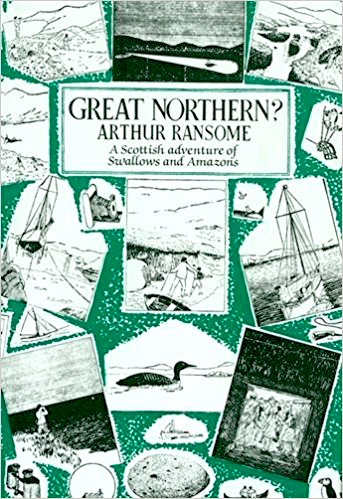
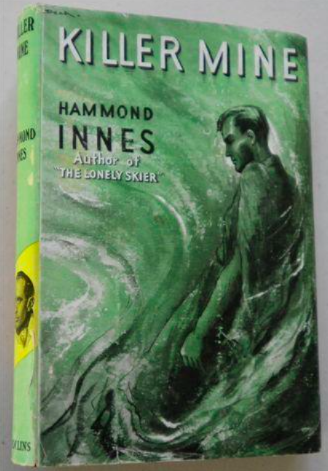
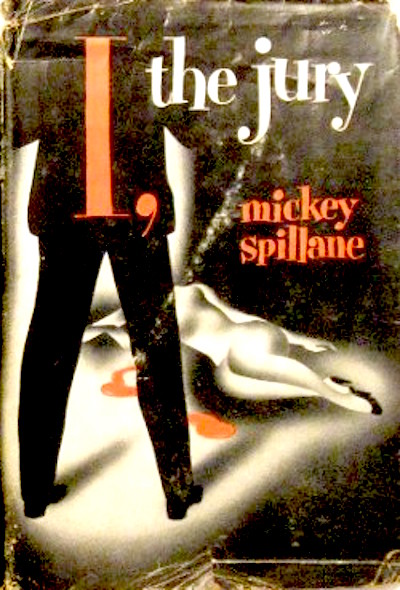

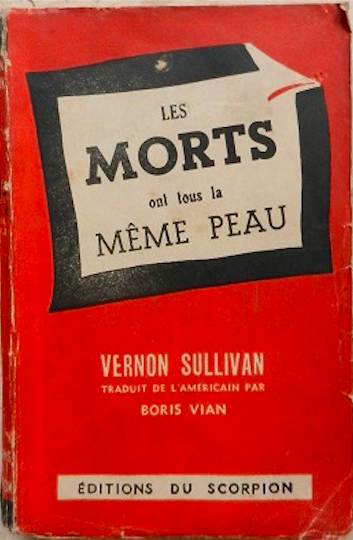
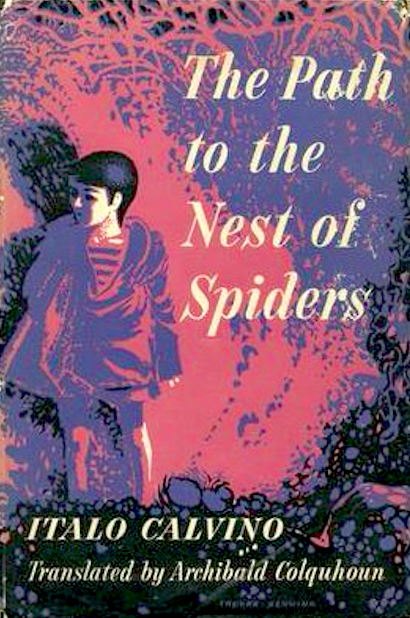
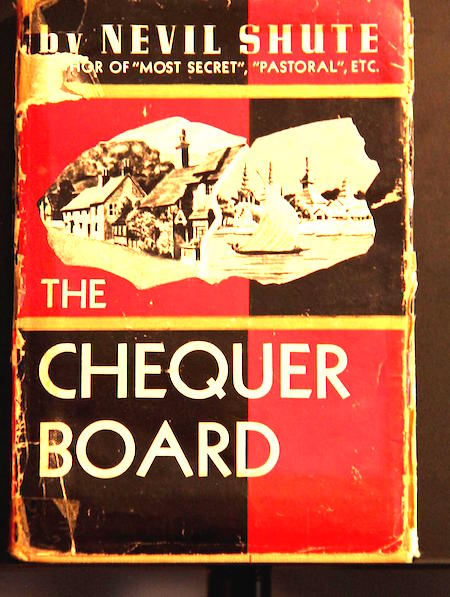
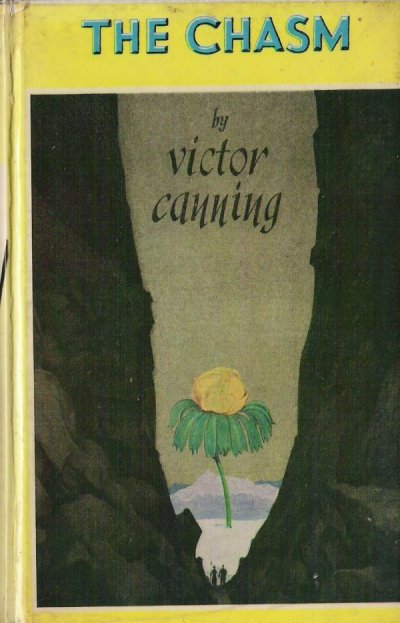

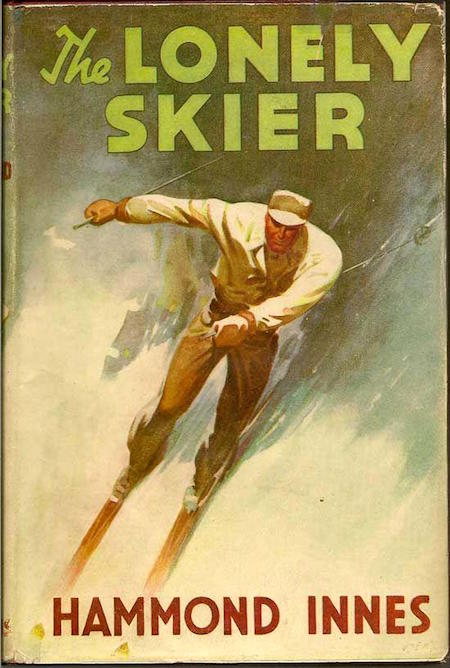
JOSH GLENN’S *BEST ADVENTURES* LISTS: BEST 250 ADVENTURES OF THE 20TH CENTURY | 100 BEST OUGHTS ADVENTURES | 100 BEST RADIUM AGE (PROTO-)SCI-FI ADVENTURES | 100 BEST TEENS ADVENTURES | 100 BEST TWENTIES ADVENTURES | 100 BEST THIRTIES ADVENTURES | 75 BEST GOLDEN AGE SCI-FI ADVENTURES | 100 BEST FORTIES ADVENTURES | 100 BEST FIFTIES ADVENTURES | 100 BEST SIXTIES ADVENTURES | 75 BEST NEW WAVE SCI FI ADVENTURES | 100 BEST SEVENTIES ADVENTURES | 100 BEST EIGHTIES ADVENTURES | 75 BEST DIAMOND AGE SCI-FI ADVENTURES | 100 BEST NINETIES ADVENTURES (in progress) | 1994 | 1995 | 1996 | 1997 | 1998 | 1999 | 2000 | 2001 | 2002 | 2003 | NOTES ON 21st-CENTURY ADVENTURES.
